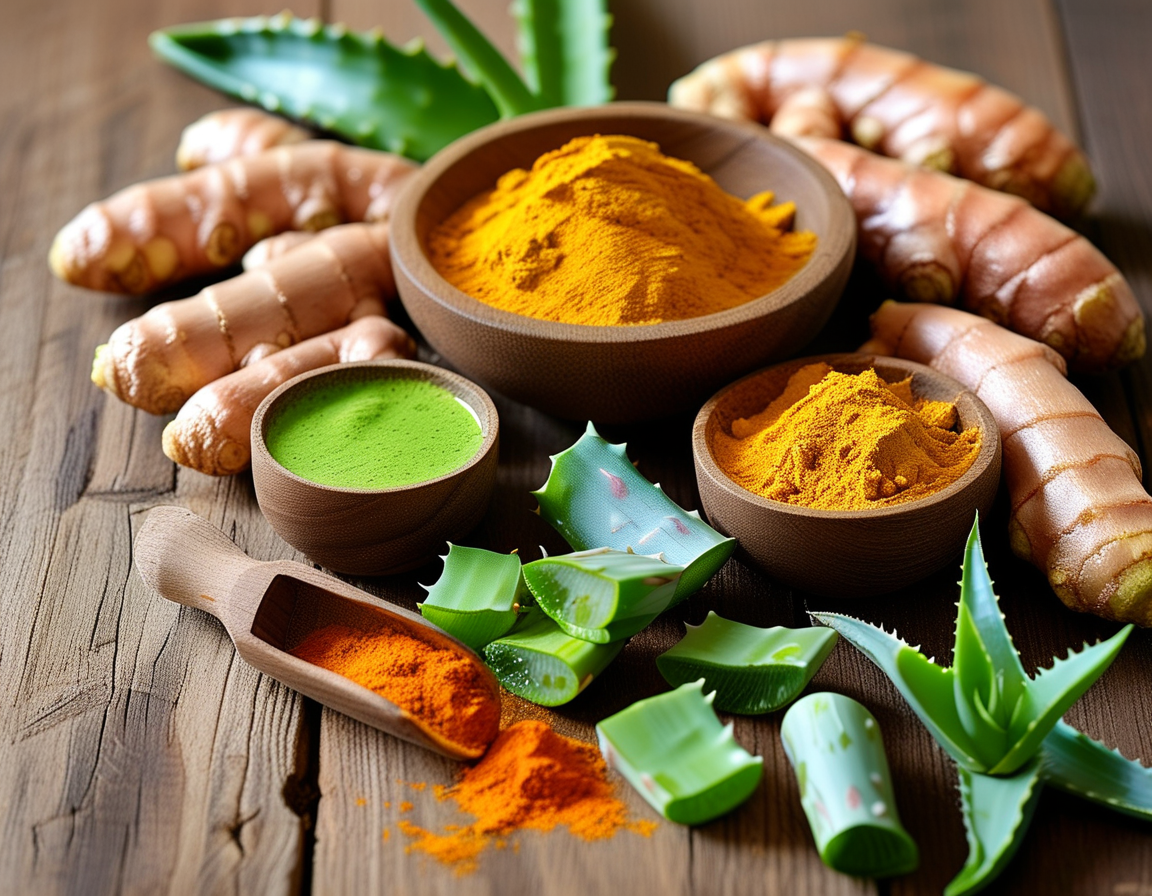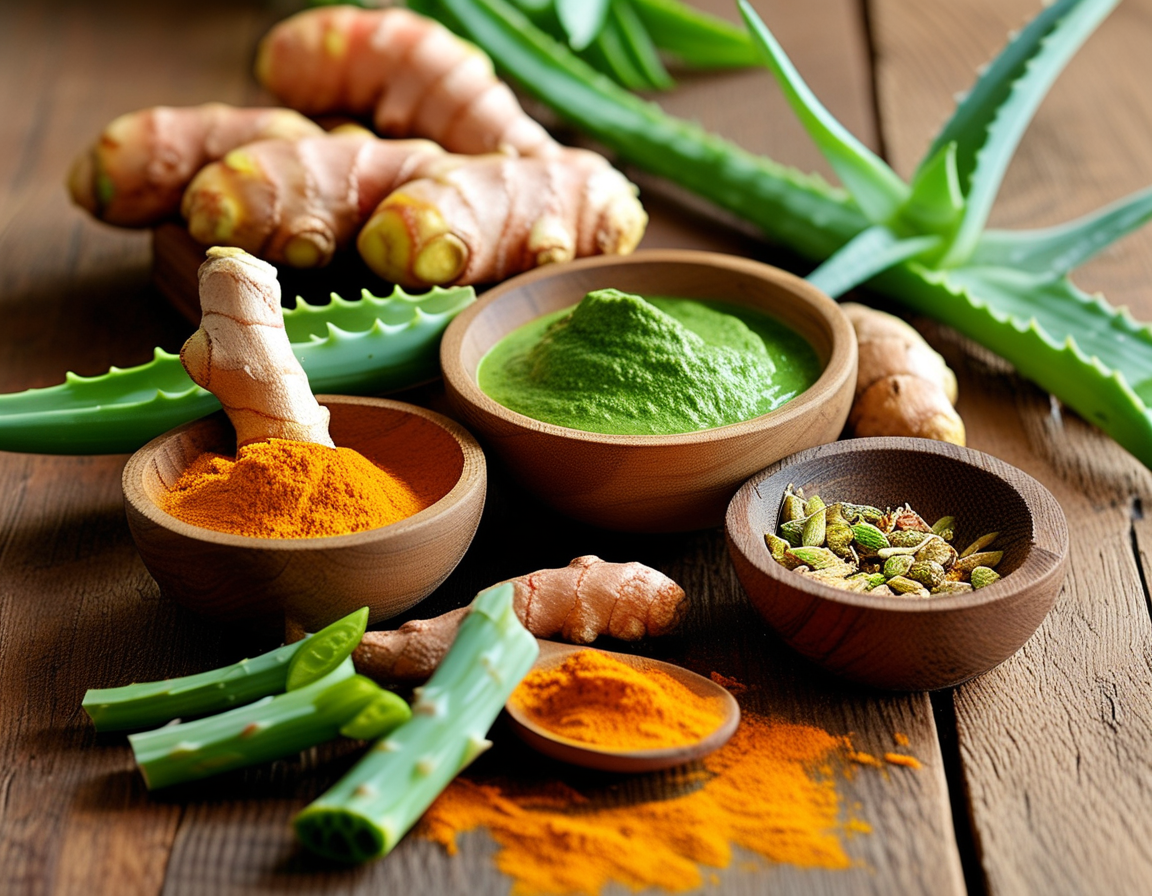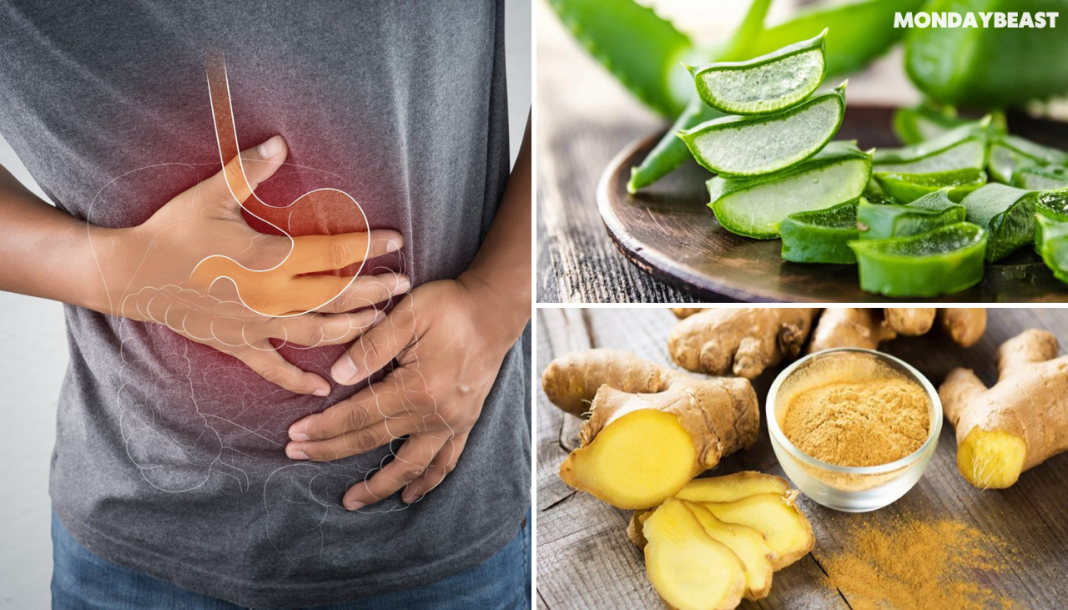Turmeric and Honey: A Potent Duo
Turmeric is not just a spice. It’s a powerful remedy that many people overlook. When combined with honey, it forms a potent treatment for stomach pain. This isn’t just folklore. Research shows that curcumin, the active ingredient in turmeric, has antibacterial and anti-inflammatory properties. These elements help to heal stomach ulcers and repair damage inside the stomach.
Imagine reaching for a soothing, golden ball of turmeric and honey when that familiar ache hits. It’s simple. Mix 120 grams of fresh turmeric powder with 60 grams of pure honey. Roll this mixture into small balls and store them. Take three balls three times a day, and you may just feel that relief you desperately seek. This remedy is easy to prepare and might just become your go-to for mild stomach pains. For more severe issues, the regimen stretches to 40 days. It might seem long, but isn’t it worth the comfort?

Many folks have shared their success stories with turmeric. Some say it’s helped them get through uncomfortable days at work or school. A woman even claimed her chronic issues subsided entirely after sticking to this remedy. What if you could experience that relief too? Just imagine feeling joyful again while enjoying your favorite foods.
Aloe Vera: Nature’s Healing Gel
When you think of Aloe Vera, what comes to mind? For many, it’s that soothing gel for sunburn. But Aloe Vera can also fight stomach pain. Its glycoprotein components reduce inflammation and heal ulcers. This plant is more than a pretty ornament; it contains vitamins that can soothe your digestive system.
Peeling back the skin of an Aloe Vera leaf reveals the gelatinous treasure within. It’s more than just a kitchen plant for many families—it’s a staple. Squeeze juice from the gel or cut it into cubes, cooking it with rock sugar for a sweet treat. Picture yourself sipping fresh Aloe Vera gel. It’s both refreshing and effective. Consuming this gel could soothe irritation and detoxify your body. Many swear by it, consuming it three to four times a day.

For some, the idea of using a plant for healing is intriguing. It evokes thoughts of ancient remedies passed down through generations. Have you ever wondered what it would be like to try folk medicine? Aloe Vera could be that gentle introduction.
Ginger: A Spicy Solution
Have you ever brewed ginger tea? It’s a comforting ritual. But what if I told you this ubiquitous spice could be your ally against stomach pain? When used correctly, ginger does wonders. It calms bloating, reduces nausea, and promotes digestion. Importantly, it also prevents excess stomach acid, which causes discomfort.
To make ginger tea, peel and mince one root. Boil it in 200 ml of water for about five minutes. Strain this liquid and add honey. Imagine the aroma filling your kitchen. It’s like a warm hug in liquid form. If you enjoy it after breakfast, it has been suggested to help keep discomfort at bay.

Despite its many benefits, ginger isn’t for everyone. It’s never wise to self-diagnose. Those with signs of stomach bleeding should tread carefully. In the realm of natural remedies, it’s vital to listen to your body. It raises an important question: How do we navigate personal health with so many voices and advice? Perhaps seeking the right remedy is more an art than a science.
In conclusion, these folk remedies offer an accessible path to alleviating stomach pain. With everyone dealing with such discomfort at some point, don’t you think it’s worth exploring alternatives? There’s a certain empowerment that comes from using natural ingredients, each with a story and purpose behind them. As we navigate life’s challenges, these remedies present an opportunity to reclaim our health in a meaningful way. Could this be the start of a journey towards natural healing?




